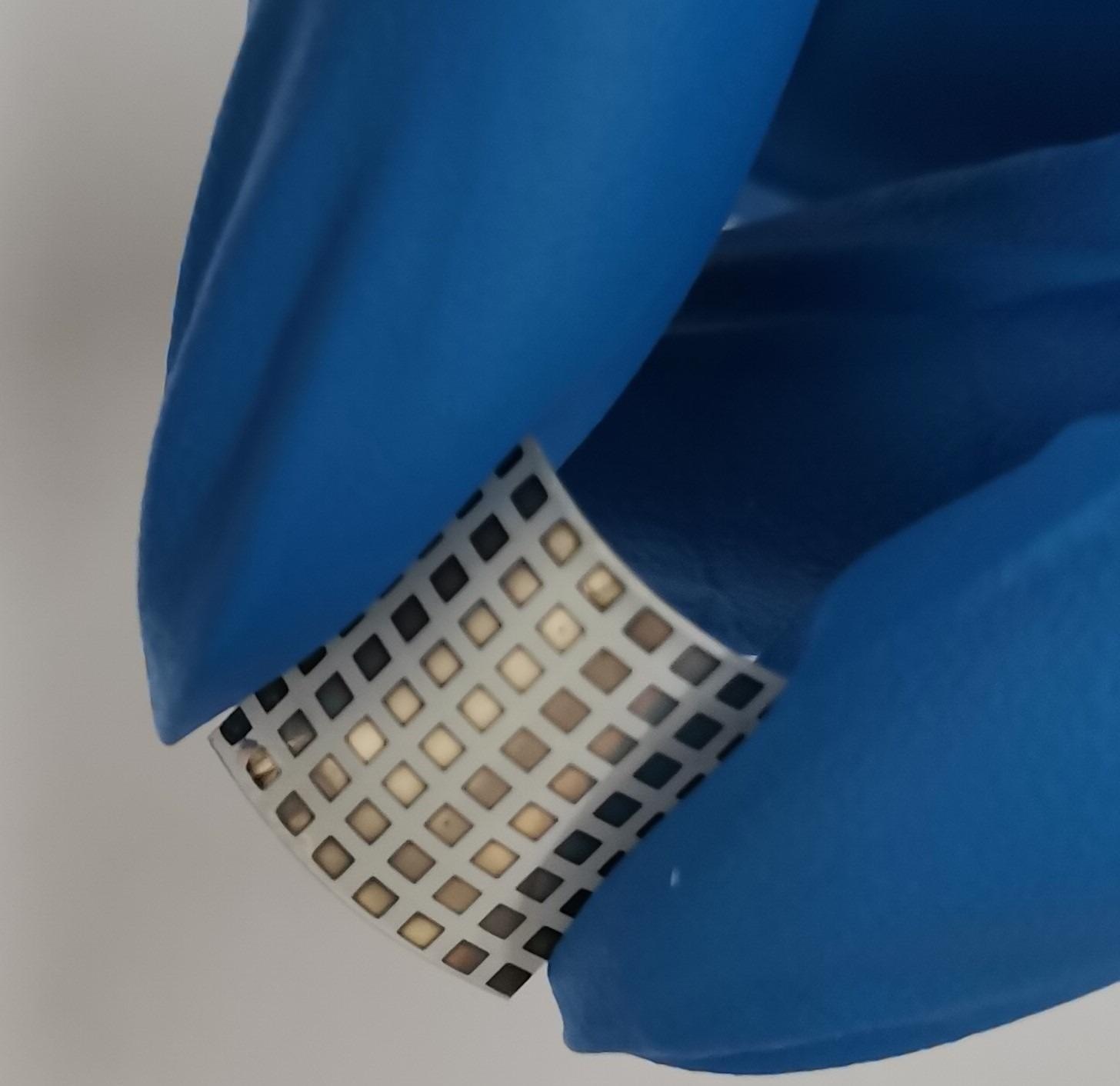
Image Credit: Shutterstock.com/David Evison
Strong interactions between water molecules and zwitterions facilitate synapse-like behaviors found in the brain, imbuing this sensor with artificial intelligence capabilities and a tunable memory.
This study opens up further opportunities for the development of high-performance biochemical sensors with proven applications in industrial humidity monitoring and touchless interactive devices.
A Brief Primer on Humidity Sensors
Human and animal senses are based on complex biochemical feedback systems. Bioinspired sensing technology seeks to mimic these systems while providing intelligible outputs.
Modern sensing technologies incorporate a sensing element, a transducer that converts one form of energy into another signal processing hardware, as well as physical packaging and associated connections.
An excitation signal activates the sensing element in response to the characteristics of the material used in the sensing element. The type of material used is governed by the type of output required.
Humidity sensors, in particular, have a wide range of domestic and industrial applications. They are used, for example, for the environmental control of buildings, quality control of medical equipment, humidity control in greenhouses or to control the process of semiconductor manufacturing. They are employed anywhere humidity control is required.
Humidity sensors detect the amount of water present in a substrate such as air. Humidity is measured as Relative Humidity - the ratio of water vapor pressure to saturation vapor pressure; Dew/Frost Point - the temperature at which water vapor condenses to liquid or ice, respectively; Or Parts Per Million.
Most humidity sensors measure relative humidity for ease of interpretation. They function by detecting changes in electrical current or temperature in air. Once these changes are detected, they are translated into a digital output.
There are three types of relative humidity sensors:
- Capacitive humidity sensors use a metal oxide strip placed between two electrodes. Variations in humidity are reflected in capacitance variations of the metal oxide strip. Capacitive sensors are mostly used in industrial and weather applications.
- Resistive humidity sensors measure the electrical resistance of electrodes in a salt medium. They are used in residential and commercial environments.
- Thermal humidity sensors measure the differences in electrical conductivities between two sensors. One sensor is encased in dry nitrogen while the other is exposed to air. Thermal sensors are suitable for high-temperature environments.
Humidity Sensors Inspired by Camels
As desert-dwelling animals, camels have developed highly sensitive noses for locating water sources.
For human applications, highly sensitive water-sensing devices are often required. Although current devices have proven to be highly sensitive, they often lack durability. Conversely, many devices are durable but lack sensitivity.
The Chinese researchers, funded by the Fujian Science and Technology Innovation Laboratory for Optoelectronic Information of China and others, modeled their sensor on the high-surface-area structure found within the nose of camels.

Image Credit: American Chemical Society. (2022) Camels’ noses inspire a new humidity sensor - American Chemical Society. [online] Available at: https://www.acs.org/content/acs/en/pressroom/presspacs/2022/acs-presspac-january-19-2022/camels-noses-inspire-new-humidity-sensor.html
They created a porous polymer network which they populated with zwitterions - molecules with equal numbers of positively and negatively charged functional groups - that simulate the property of the mucus in camel noses. This mucus is known to alter its capacitance as humidity in the air changes.
This polymeric structure exhibits a high degree of durability, sensitivity and responsiveness. In particular, it has been shown to provide real-time humidity monitoring of an industrial exhaust and quickly distinguish between dry, stale and fresh leaves.
Moreover, the sensor’s electrical response can be fine-tuned or adjusted, much like neurons in a human brain, with the potential to learn and adjust its response using artificial intelligence.
References and Further Reading
American Chemical Society. (2022) Camels’ noses inspire a new humidity sensor - American Chemical Society. [online] Available at: https://www.acs.org/content/acs/en/pressroom/presspacs/2022/acs-presspac-january-19-2022/camels-noses-inspire-new-humidity-sensor.html
Caicong, L., et al., (2021) A camel nose-inspired highly durable neuromorphic humidity sensor with water source locating capability. ACS Nano, [online] Available at: https://doi.org/10.1021/acsnano.1c10004
Hashmi, M. (2014) Introduction to Sensor Materials, Technologies and Applications. Comprehensive Materials Processing, [online] Vol.13, pp 1-3. Available at: https://doi.org/10.1016/B978-0-08-096532-1.01300-5
Chen, Z., et al. (2005) Humidity Sensors: A Review of Materials and Mechanisms. Sensor Letters, [online] Vol. 3, pp 274–295. Available at: http://engr.uky.edu/
Disclaimer: The views expressed here are those of the author expressed in their private capacity and do not necessarily represent the views of AZoM.com Limited T/A AZoNetwork the owner and operator of this website. This disclaimer forms part of the Terms and conditions of use of this website.